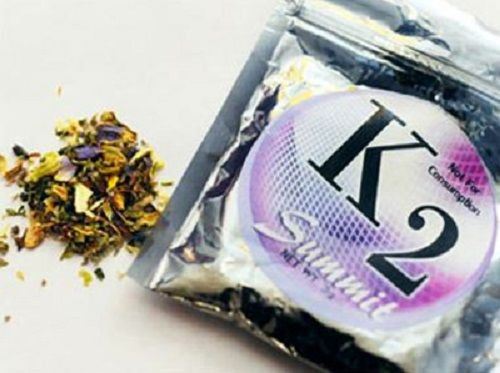44 Overdoses From Synthetic Weed 'Spice' Spur State Of Emergency In New Hampshire; Why Are Teens Smoking It?

Kids still aren’t learning about the potential harms they risk from using synthetic marijuana products such as spice. New Hampshire’s Governor Maggie Hassan declared a state of emergency on Thursday following the overdoses of at least 44 people living in Manchester who had used a synthetic marijuana product called Smacked, which was sold as potpourri.
“These products pose a serious threat to public health, especially to young people, and it is our responsibility to do whatever we can to combat the recent rash of overdoses,” Hassan said in a statement. Although there had been 41 cases by the time Hassan released the statement, an additional three cases were reported within the past 24 hours, according to CBS Boston. The synthetic cannabinoid caused “serious medical reactions,” including elevated heart rates and seizures, in all reported cases, with at least 20 people taken to the hospital for treatment.
By declaring a state of emergency, police have the go-ahead to investigate, quarantine, and destroy the Smacked products, of which they’re targeting the bubblegum flavor specifically. Although the legal products are labeled as “not for human consumption” and sold as incense or potpourri, they’re sprayed with synthetic cannabinoids like THC (tetrahydrocannabinol), the active ingredient in marijuana. They’re also sold in colorful packaging, and given names that would attract people looking to get high, such as Crazy Monkey and Green Giant.
Speaking to CBS Boston, police chief David Mara said that a “bad batch” of Smacked may have made its way to stores. He warned about the effects of smoking these man-made products, whose chemical makeups change regularly. “You don’t know what you’re getting, there’s no FDA check, and it’s sold under the pretense of being potpourri,” he said. Three stores have already been shut down after not cooperating with the investigation.
Besides the product packaging, its price and availability, as well as the fact that it can’t be detected in standard drug tests makes it an attractive alternative to teens who might be on their school’s sports teams, or who want to try “weed” without going the illegal route. However, the drug’s unpredictability has caused people to experience hallucinations, seizures, vomiting, paranoia, and sometimes comas or death.
Published by Medicaldaily.com



























